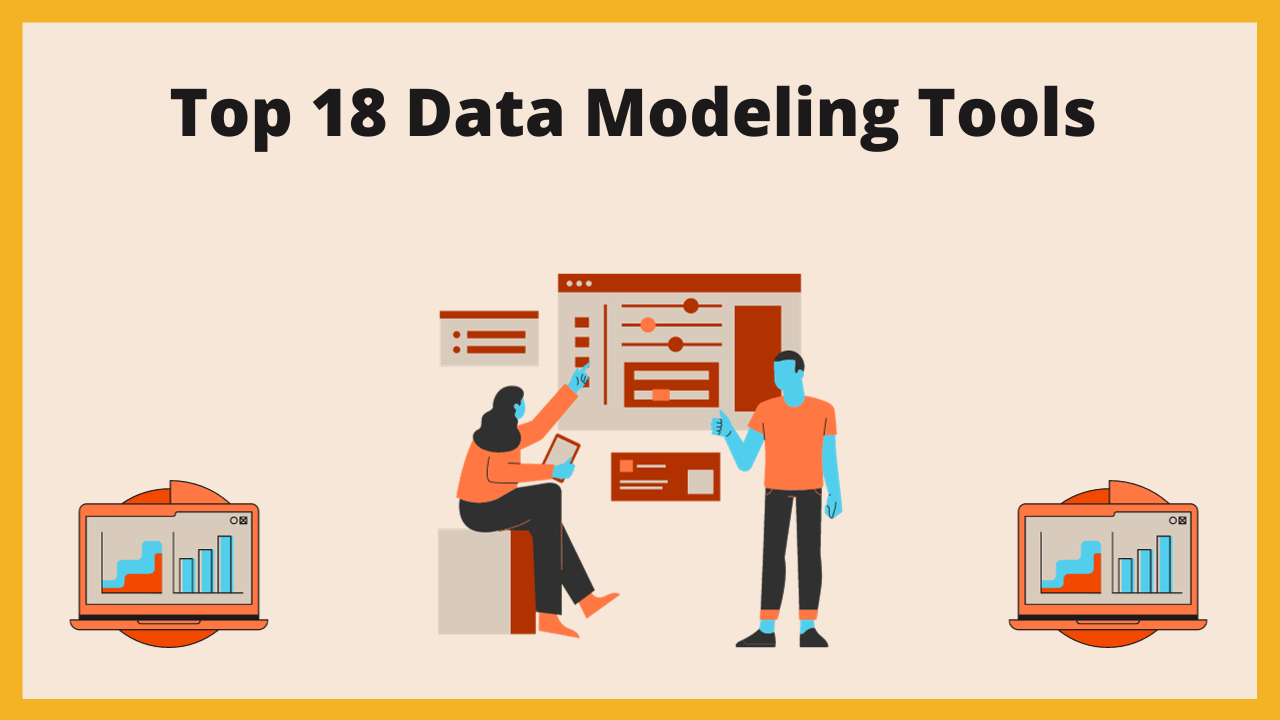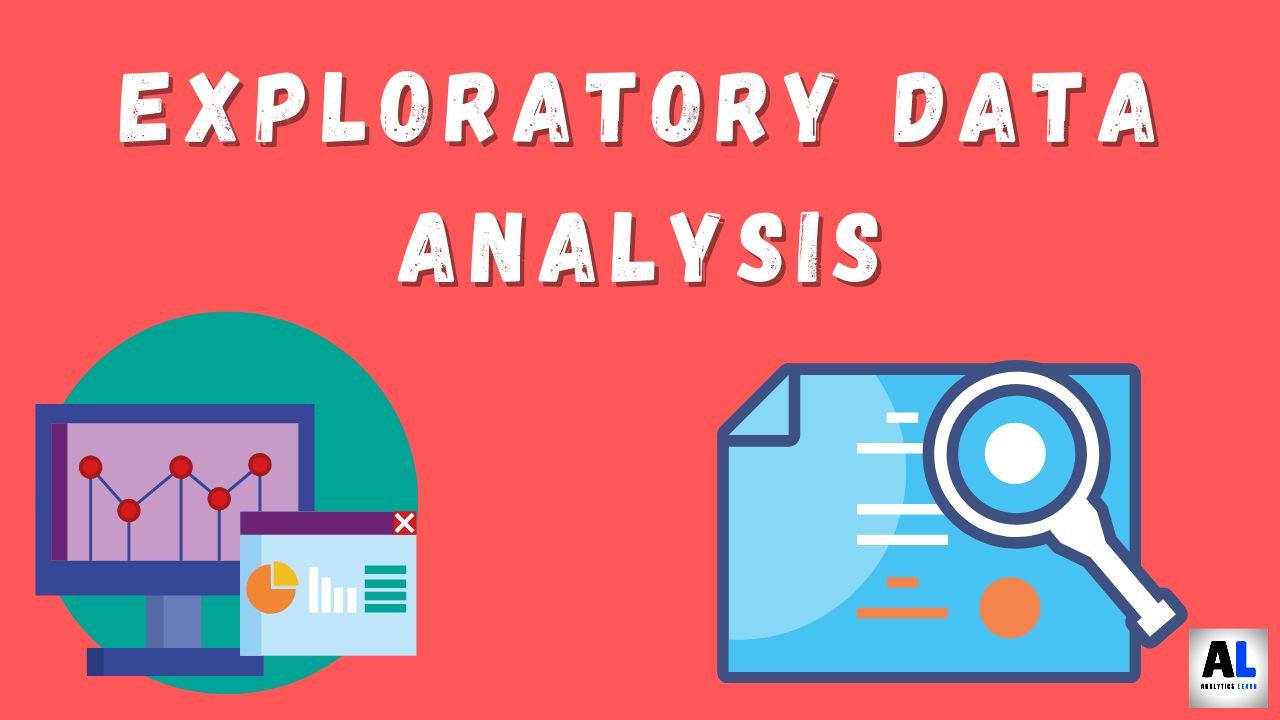In this blog, we will look into the top 18 Data Modeling Tools in the industry with there Comprehensive Guide.
Data modeling is a critical aspect of database management, helping organizations structure and understand their data efficiently.
In today’s data-driven world, choosing the right data modeling tool is essential.
In this comprehensive guide, we will explore the top 18 data modeling tools, detailing their key features and use cases, to assist you in making an informed choice.
Related Article: Top 50 Power BI Interview Questions and Answers: Beginner Level
Top Data Modeling Tools
Top data modeling tools offer businesses and analysts the essential framework to design and manage their databases efficiently, ensuring data accuracy and consistency.
Here are the Top 18 Data Modeling Tools one by one as follows:
1. Erwin Data Modeler
Link: Erwin Data Modeler
Key Features:
- Data modeling and visualization
- Collaborative tools
- Code generation
- Integration with other data management tools
Use: Erwin is an enterprise-grade tool for data modeling and database design, suitable for organizations seeking in-depth data management solutions.
2. IBM InfoSphere Data Architect
Link: IBM InfoSphere Data Architect
Key Features:
- Comprehensive data modeling
- Integration with data governance tools
- Data lineage and impact analysis
- Collaboration and team support
Use: IBM’s InfoSphere Data Architect offers robust data modeling capabilities, ideal for businesses requiring extensive data governance and lineage analysis.
3. Microsoft Visio
Link: Microsoft Visio
Key Features:
- Data visualization
- Diagramming tools
- Integration with other Microsoft apps
- Custom templates
Use: Microsoft Visio is a versatile tool for data visualization, flowcharting, and diagram creation, popular among users in various fields.
4. Oracle SQL Developer Data Modeler
Link: Oracle SQL Developer Data Modeler
Key Features:
- Data modeling and design
- SQL generation
- Reverse engineering
- Collaboration tools
Use: Oracle’s SQL Developer Data Modeler is a powerful choice for Oracle database users, offering advanced modeling and design capabilities.
5. SAP PowerDesigner
Link: SAP PowerDesigner
Key Features:
- Data modeling and design
- Enterprise architecture support
- Code generation
- Integration with SAP solutions
Use: SAP PowerDesigner is a comprehensive data modeling tool, suitable for large enterprises with complex data architecture needs.
6. Lucidchart
Link: Lucidchart
Key Features:
- Collaborative data modeling
- Diagramming and visualization
- Integration with cloud platforms
- Custom templates
Use: Lucidchart is a web-based diagramming tool suitable for teams looking for collaborative data modeling and visualization.
7. DbSchema
Link: DbSchema
Key Features:
- Graphical database design
- Query builder
- Reverse engineering
- Version control
Use: DbSchema is an intuitive database design and management tool ideal for developers and small to medium-sized businesses.
8. Navicat Data Modeler
Link: Navicat Data Modeler
Key Features:
- Database design and modeling
- Forward and reverse engineering
- Team collaboration
- Cross-platform compatibility
Use: Navicat Data Modeler is a versatile tool for database design and modeling, suitable for diverse environments and team collaboration.
9. ER/Studio
Link: ER/Studio
Key Features:
- Data modeling and design
- Data lineage analysis
- Team collaboration and governance
- Integration with other data management tools
Use: ER/Studio offers robust data modeling and governance capabilities, making it suitable for organizations with complex data requirements.
10. Hackolade
Link: Hackolade
Key Features:
- NoSQL data modeling
- Visual schema design
- Data import/export
- Collaboration features
Use: Hackolade is a unique tool specializing in NoSQL data modeling, making it essential for businesses dealing with diverse, non-relational data structures.
11. Draw.io
Link: Draw.io
Key Features:
- Diagram creation and visualization
- Integration with cloud services
- Real-time collaboration
- Custom shape libraries
Use: Draw.io is a free, web-based diagramming tool suitable for lightweight data modeling and visualization needs.
12. StarUML
Link: StarUML
Key Features:
- UML modeling
- Code generation
- Extensibility through add-ons
- Team collaboration
Use: StarUML is a powerful UML modeling tool for software developers and system architects.
13. InnoCiel Data Modeling Tool
Link: InnoCiel Data Modeling Tool
Key Features:
- Data modeling and visualization
- Collaboration
- Cloud-based platform
- Metadata management
Use: InnoCiel offers cloud-based data modeling solutions for businesses looking to modernize their data management processes.
14. Tulip
Link: Tulip
Key Features:
- Low-code data modeling
- Workflow automation
- Analytics and reporting
- Integration with IoT devices
Use: Tulip is an excellent choice for businesses seeking low-code data modeling and workflow automation for manufacturing and operations.
15. Redgate SQL Data Modeler
Link: Redgate SQL Data Modeler
Key Features:
- SQL data modeling
- Code generation
- Integration with SQL Server
- Version control
Use: Redgate SQL Data Modeler is tailored for SQL Server users, offering comprehensive data modeling and code generation capabilities.
16. QDB
Link: QDB
Key Features:
- Low-code data modeling
- Integration with databases
- Customizable applications
- Collaboration tools
Use: QDB is a low-code platform for data modeling and application development, suitable for businesses looking to create custom solutions.
17. Oracle Data Modeler
Link: Oracle Data Modeler
Key Features:
- Data modeling and design
- Code generation
- Reverse engineering
- Collaboration tools
Use: Oracle Data Modeler is a dedicated tool for Oracle database users, providing advanced data modeling and design capabilities.
18. DbVisualizer
Link: DbVisualizer
Key Features:
- Universal database tool
- SQL query builder
- Data visualization
- Team collaboration
Use: DbVisualizer is a versatile tool for database management, query building, and data visualization, catering to a broad range of database platforms.
Conclusion
Data modeling is at the core of efficient and effective data management, Choosing the right data modeling tool is crucial for your organization’s success.
Whether you require advanced enterprise-level solutions or lightweight collaborative tools, the top 18 data modeling tools outlined in this guide offer a variety of features and capabilities to meet your specific needs.
By exploring the links provided and evaluating your requirements, you can select the ideal data modeling tool to help you structure, analyze, and leverage your data effectively.
References
Data modeling is a crucial step in the database design process, helping to define and organize data in a structured manner. Here are some key references and resources for data modeling:
Online Resources:
1. Oracle Data Modeling and Relational Database Design Documentation:
Oracle provides extensive documentation on data modeling and database design. It covers concepts, guidelines, and tools related to Oracle databases.
Oracle Data Modeling Documentation
2. IBM Data Modeling Best Practices:
IBM offers a set of best practices for data modeling, covering topics such as naming conventions, relationships, and normalization.
IBM Data Modeling Best Practices
3. Microsoft Learn – Introduction to Data Modeling:
Microsoft Learn provides tutorials on data modeling using Microsoft technologies, including Azure Data Studio and SQL Server.
Microsoft Learn – Introduction to Data Modeling
Standards and Guidelines:
1. ISO/IEC 11179 Metadata Registries Standard:
This international standard provides guidelines for the development and maintenance of metadata registries, which are essential for data modeling.
2. Data Modeling Standards by DAMA International:
DAMA International, the Data Management Association, offers a set of data management standards, including data modeling standards.
DAMA International Data Management Body of Knowledge (DMBOK)

Meet Nitin, a seasoned professional in the field of data engineering. With a Post Graduation in Data Science and Analytics, Nitin is a key contributor to the healthcare sector, specializing in data analysis, machine learning, AI, blockchain, and various data-related tools and technologies. As the Co-founder and editor of analyticslearn.com, Nitin brings a wealth of knowledge and experience to the realm of analytics. Join us in exploring the exciting intersection of healthcare and data science with Nitin as your guide.










